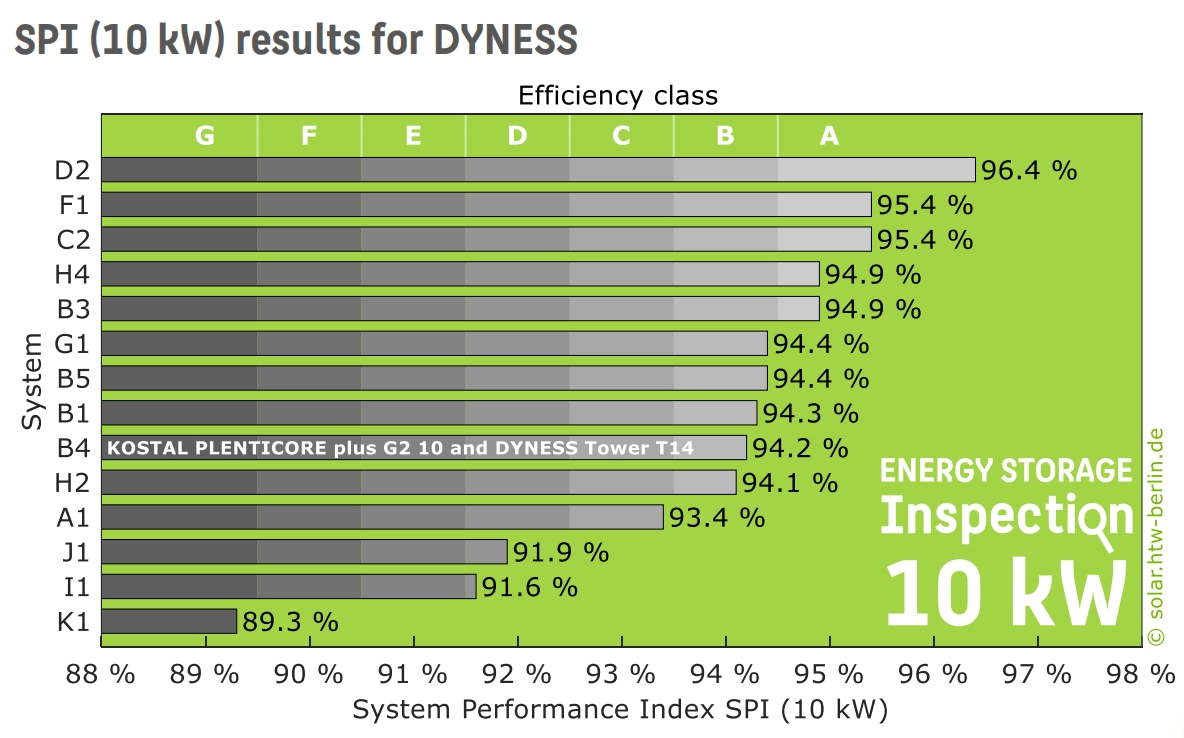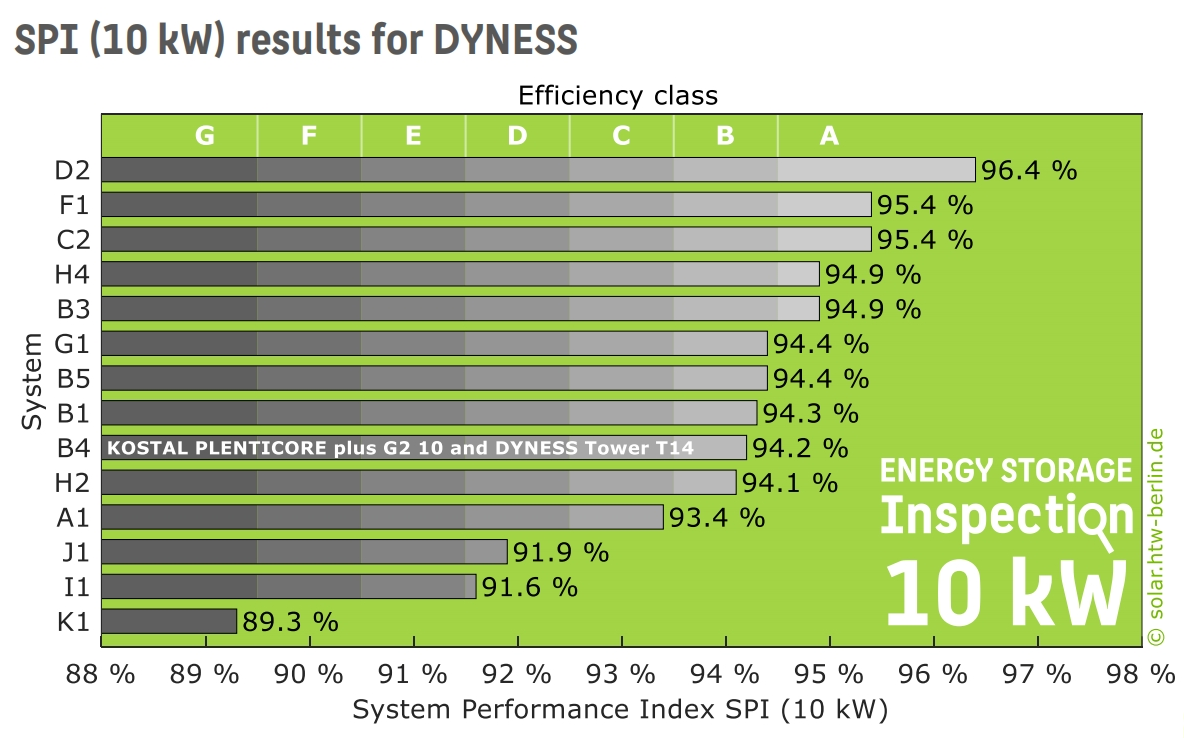Understanding the Deye Hybrid Inverter: 100% Unbalanced Output and Its Benefits
In today’s solar energy landscape, inverters play a crucial role in ensuring that the energy generated by solar panels is efficiently converted and utilized. One of the key innovations in this field is the Deye Hybrid Inverter, known for its advanced features that cater to a wide range of energy needs. One standout feature is its 100% unbalanced output, where each phase can deliver up to 50% of the rated power. But what exactly does this mean, and why is it so important?
What Is 100% Unbalanced Output?
Inverters are typically designed to balance the output power across different phases. In a three-phase system, this means each phase would generally handle an equal portion of the load, ensuring that the power distribution remains steady across all connected appliances and systems. However, not all electrical setups require a perfectly balanced load. This is where the Deye Hybrid Inverter’s 100% unbalanced output comes into play.
With 100% unbalanced output, the Deye inverter can supply uneven loads across its three phases without compromising efficiency. For example, one phase can handle a heavier load (up to 50% of the inverter’s rated power), while the other phases can carry lighter loads. This flexibility is crucial in scenarios where the electrical demand on different phases varies significantly, which is often the case in residential, commercial, and industrial environments.
Breaking Down the Feature:
-
Each Phase Can Work Independently: Unlike traditional inverters that require balanced output, the Deye hybrid inverter allows each phase to work independently. This means the inverter can allocate more power to a specific phase that requires it, enhancing overall system efficiency.
-
Up to 50% Rated Power on One Phase: In a standard three-phase system, each phase would typically manage one-third of the total rated power. However, with the Deye hybrid inverter, one phase can deliver up to 50% of the rated power, providing more power to energy-demanding appliances or systems connected to that particular phase.
Why Is This Important?
1. Flexibility for Uneven Loads:
In real-world scenarios, electrical demands often vary. Some phases might need more power than others, depending on the appliances or systems connected. For instance, a home or business might have heavy-duty equipment, air conditioning units, or industrial machines connected to just one phase, while the other two phases handle lighter loads. The Deye hybrid inverter’s unbalanced output feature ensures that the system doesn’t waste power or underperform, adapting to the specific needs of each phase.
2. Efficient Power Management:
By allowing up to 50% of the rated power to be allocated to a single phase, the Deye inverter helps to prevent overloading and potential power disruptions. It can redistribute power as needed, ensuring that energy is used where it’s most required, leading to improved efficiency and reduced energy waste.
3. Improved Reliability:
This feature also contributes to the overall reliability of the energy system. By not being constrained to perfectly balanced output, the system can continue operating smoothly even when electrical demands fluctuate between phases. This reduces the likelihood of system failures and ensures continuous power supply.
Use Cases for 100% Unbalanced Output
-
Residential Homes: Many homes don’t have perfectly balanced loads. High-energy appliances, like washing machines or electric car chargers, might be connected to one phase, while others handle lighter electrical loads like lighting and smaller appliances. The Deye inverter ensures that these unbalanced loads are managed effectively.
-
Commercial Buildings: Office buildings and small businesses often have varying energy demands across different phases. The Deye inverter provides the flexibility to allocate power where it’s needed most without requiring additional balancing equipment.
-
Industrial Applications: Factories and industrial sites with heavy machinery may experience higher demand on one phase. The Deye inverter allows for maximum power output on that phase, improving operational efficiency.
An Example: Deye 20kw 3phase Low Voltage Hybrid Inverter
Conclusion
The 100% unbalanced output feature of the Deye Hybrid Inverter is a game-changer for those looking to optimize their solar energy systems. By providing the flexibility to allocate up to 50% of the rated power to a single phase, it ensures efficient energy use, reduces waste, and improves overall system reliability. Whether in residential, commercial, or industrial settings, this feature helps meet the diverse and dynamic energy needs of today’s users, making the Deye inverter a top choice for hybrid energy systems.



